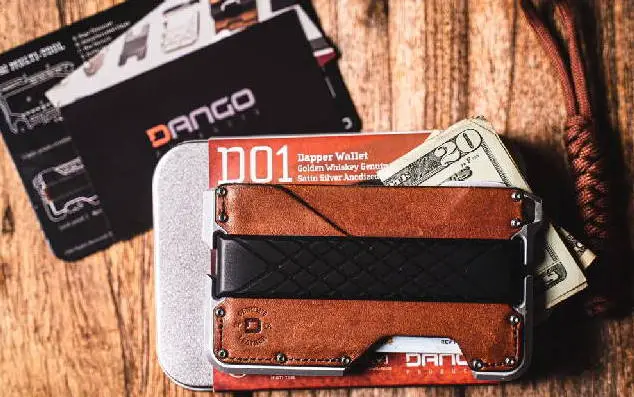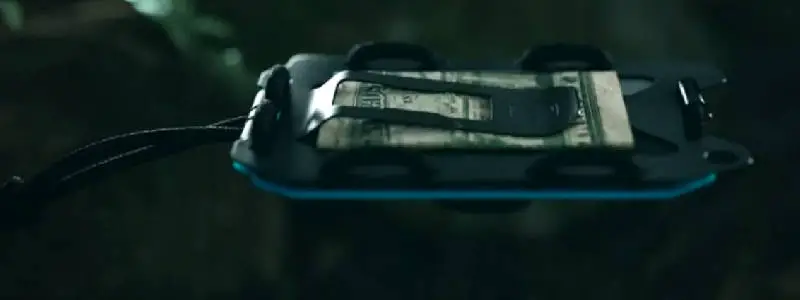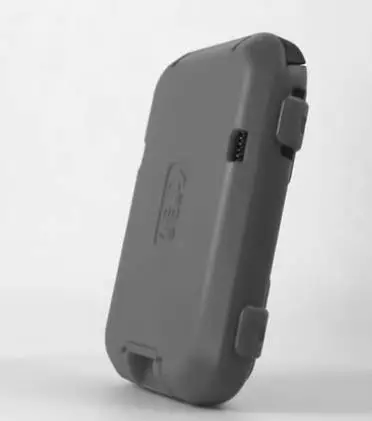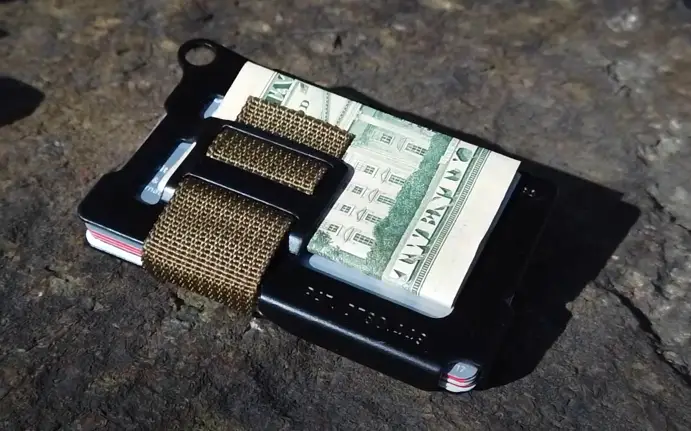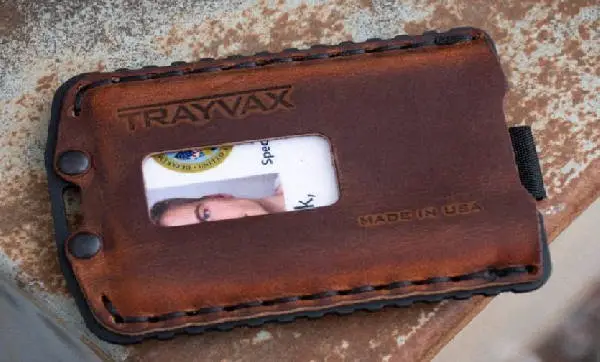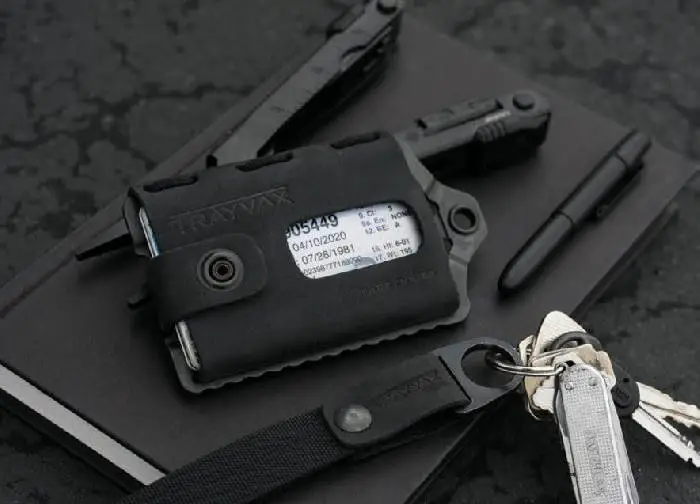Leather wallets are just the classiest, there’s no denying that. A high-quality leather wallet will outlast and outperform any other, as long as it’s made of top-tier materials. But the question is, how do you tell if the materials are actually genuine and of quality leather grades, or just a cheap fabric?
It has become trickier and trickier to spot cheap knock-offs on the wallet market. Brands are always finding new cunning ways to make their products look like they are made of real leather while selling you a garbage plastic-like wallet that would fall apart after a few months.
In this article, we will explain in detail what exactly is the difference between real and fake leather, and how to tell the two apart. We will also go through some helpful tips on what to look for and what to avoid when buying your next leather wallet.
Basics
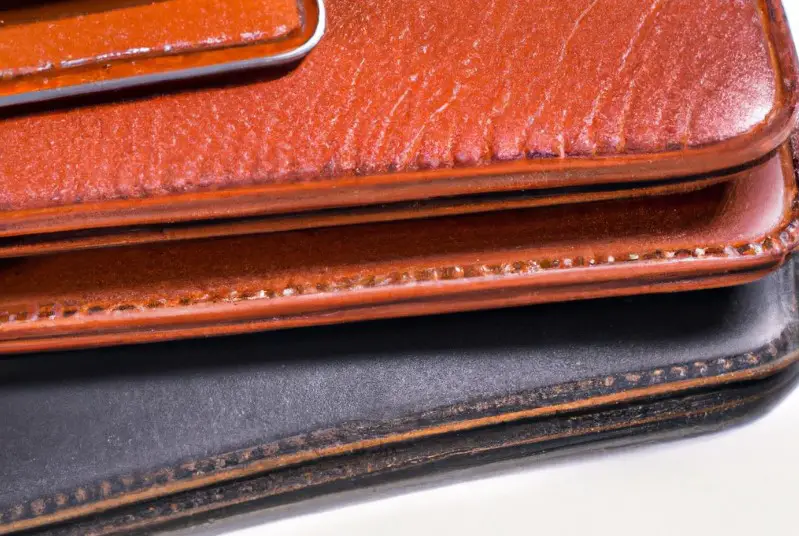
Apart from their somewhat similar looks, real and fake leather are nothing alike. The two types of materials vastly differ in their characteristics, manufacturing processes, and main ingredients. Even though fake leather products have become more and more sophisticated (and harder to spot), the differences between them and real leather are still there, and they are obvious to the trained eye.
In order to know how to tell real from fake leather, you must first get familiar with some of the basic aspects of the leather industry.
Real leather
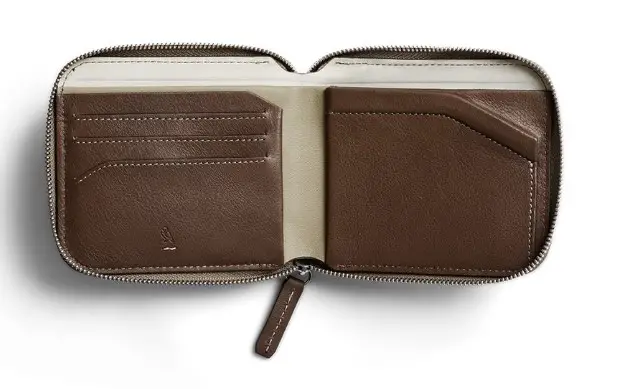
Any leather which is obtained directly from the skin of an animal can be considered real leather. It is one of the most frequently used types of materials for making high-end personal items, such as bags, wallets, belts, jackets, and many more.
There are many reasons why that is, as leather offers tons of properties that no other material can: durability, scratch and tear resistance, flexibility, softness, insulation, as well as long-lasting looks as it develops a patina over time.
How is real leather made?
Real leather isn’t exactly made but rather garnered by skinning the hides of different animals.
The process of treating the skins and hides of animals to produce leather is called tanning. During this process, the leather is cleaned and strengthened by changing the chemistry of the hides to make them more durable and more difficult to be broken down by bacteria.
Tanning is a centuries-old craft that has an immense history and tradition tied to it. Even today, only the best tanneries and masters are recognized as true leather craftsmen.
Types of real leather
There are three ways to divide the types of real leather. If you go by the animal from which the hide comes, the list would be endless. However, the most frequently used animal leathers, hides, and skins are:
- Pig
- Crocodile
- Sheep
- Cow
- Deer
- Goat
- Snake
- Kangaroo
- Buffalo
My guide on types of animal leather used for wallets gives a detailed look at each specific type and their pros and cons so you can get a better grasp on what you should be looking for.
Another way to differentiate real leather is by which layer, or leather grade, from the hide is used to make the material. Here you can find full grain, top grain, genuine leather, etc.
The tanning process also plays a huge part in the quality and characteristics of the leather. Depending on which chemicals are used in the process, real leather can either be chrome-tanned or vegetable-tanned.
Fake leather
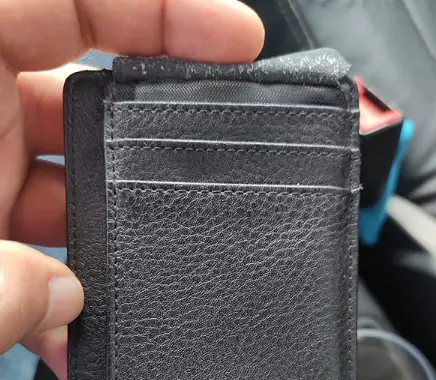
You might find yourself thinking right now, why on earth would anyone want fake leather at all, considering all of the upsides real leather provides?
And you would probably be right. Fake, or faux leather has nowhere near the quality of real one and is often completely disregarded as being leather at all. However, not everything is so black and white.
Fake leather is a much more environmentally friendly product as it doesn’t involve using the skin or dead animals to manufacture it. It is also, consequentially, much cheaper and widespread. And it does have some positive characteristics that real leather doesn’t, like the fact that it’s easier to cut, shape, dye, and work with it all around. It is also far easier to maintain products made of faux leather, although their lifespan would always be much shorter.
How is fake leather made?
Fake leather is usually made of industrial fabrics that use polyester, or plastic, as their base. The fabrics are then waxed and dyed with various synthetic materials to give them a “leather-like” finish and make them look like genuine leather.
You might also find it labeled as synthetic leather, instead of fake one, but the two words basically mean the same thing. It’s not real leather made from the skin of a real animal, but a synthetic-made one that looks almost like the real thing.
How to tell real leather from fake?
There are a number of ways to tell whether the leather is real or synthetic-made.
1. Look at the reverse side
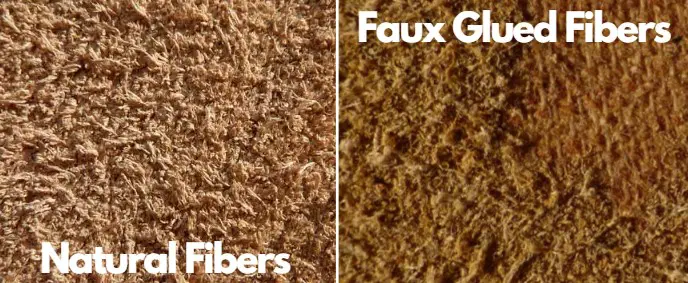
The reverse or back side of real leather is the part of the hide that, prior to its tanning, was pointed toward the flesh of the animal. When dealing with faux leather, the reverse side will typically look like a piece of fabric, or cardboard, and will have a sort of ingenuine, plastic appearance.
Real leather, on the other hand, will have a much more natural-looking backside, with a little bit of fur and other irregularities that would point out its authenticity.
2. Look at the pattern
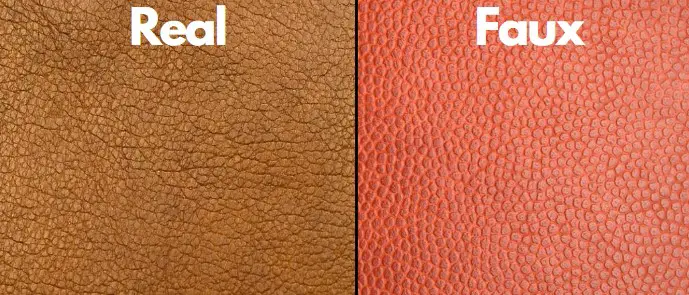
The pattern found on the surface of the leather is another great indicator of its origin. Fake leather products will have a very strict, uniform pattern as if it was purposely designed in lab conditions.
Wallets made of authentic leather will come with a much more “natural”, chaotic spread pattern with many imperfect lines and cracks all around it. This is because every piece of real leather comes from a different animal that has lived a different life, which later sets the tone for the appearance of its hide.
3. Look at the edges
While this step might not be as useful as the rest, it is nice to keep in mind that you can tell real leather from fake by looking at the edges of the piece of material.
The best way to do this is to cut a small piece of the leather and look at how the edges around the cut form. If the leather is from real animal skin, it would have small fibers hanging from the side. If it’s smooth and with clean cuts, chances are that it’s not real leather.
4. Check the price
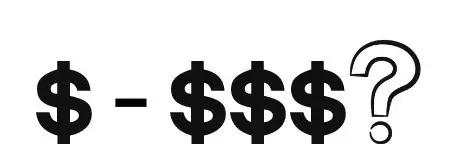
The price is usually a good indicator of whether the leather is real or faux, but I wouldn’t rely too much on it. Many brands overprice their fake leather products in order to fool buyers into thinking of them as of high quality. But if the product costs surprisingly little, then it is an obvious red flag that something isn’t right.
5. The stretch test

The stretch test is another great method that can give fake leather away. If the leather is stiff and it won’t stretch, then it is very likely a fake one as real leather will always be a little elastic and stretchable, returning back to its original shape a few moments after.
This is also one of the main benefits of real leather products over synthetic ones. Besides its durability, real leather provides great flexibility without leaving marks and cracks on the surface.
6. The water test
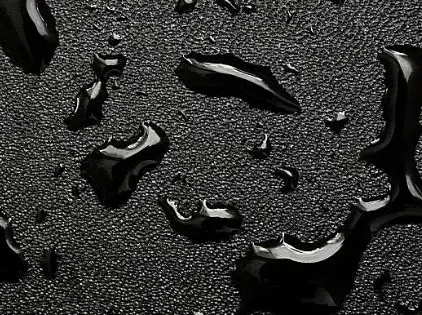
A major difference between real and fake leather is how they react to water droplets. Any type of real leather will absorb small amounts of water dropped on it as it has the natural pores found on the animal’s skin.
Since fake leather doesn’t have these natural pores, it is more likely to hold the water on top of its surface without absorbing it. The problem with the water test is that you most likely won’t be able to do it before buying the product, but it’s still a nice method to know of.
7. The smell test
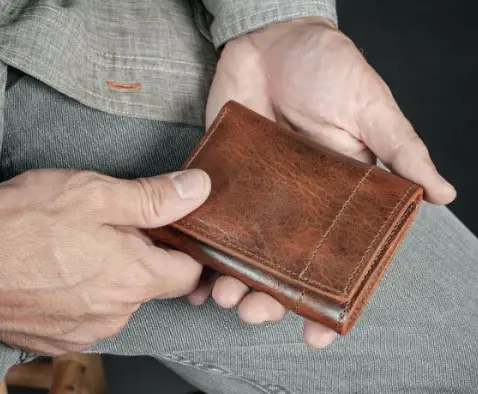
Finally, you can often tell real leather from fake just by smelling it.
I wouldn’t say this is the most foolproof way anymore as many brands can imitate the smell of real leather artificially. However, most of the time you can just feel the difference between the natural, earthy smell of real leather, and the artificial smell of plastic on the fake one.
What to look for when buying a real leather wallet?
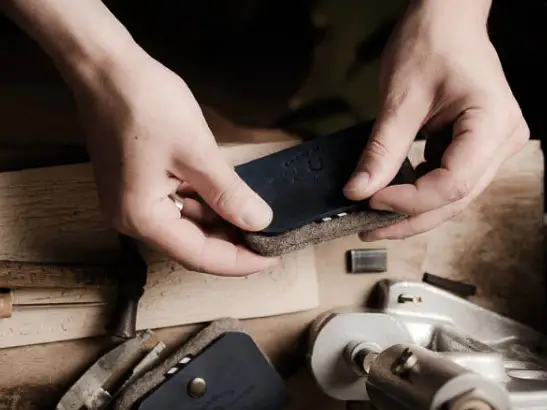
The first and most important thing you should check before buying any leather wallet is if there are any stamps or marks that tell which type of leather was used. In fact, you can look for any indicator that points out the type of leather, whether it’s the item tag, the brand’s website, or asking the seller directly. Companies that use real leather will always look for ways to boast about it, so it shouldn’t be hard to find those.
When it comes to the price, wallets made from high-end leather will typically cost upwards of $50. Any wallet priced below that is most likely a faux leather one, or at least a low-quality mixture of different fabrics.
I would also advise you to shop only from brand stores or their official affiliates. Only then you will be able to make any reclamations or get first-hand information about the wallet and its materials. All other stores will always look to cut a corner here and there with much fewer consequences than the official ones.
If you aren’t sure where to start, I would first check out the brands and local stores that sell handmade leather wallets. Yes, they can be a little bit more expensive, but the quality you get from the hands-on craftsmanship is incomparable to the mass-produced wallets you see in popular online stores. And they always, without exceptions, use real high-end leather for their products.
Best leather wallets
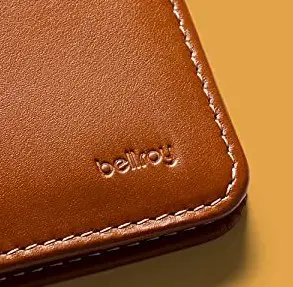
There are tons of leather wallets out there. You could probably find about a hundred different models that can be considered “the best” on the market.
I’ve recently compiled a guide for the best leather wallets you can find right now. But if you want to skip to the shortlist, here are my five favorite picks for the moment:
- Bellroy The Low
- Airo Collective Stealth Leather
- Crazy Horse Card Holder
- Dango D02 Dapper
- Coach Zip Card Case


